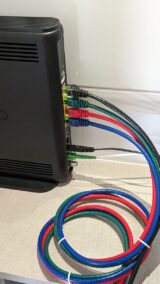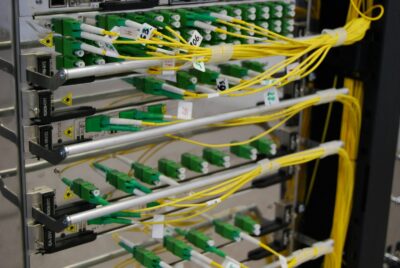Revolutionizing Data Management and Processing for Businesses
The Rise of Edge Computing in Data Management
By processing data locally, closer to its source, edge computing reduces the burden on centralized cloud infrastructure and enables faster, more efficient data handling. In the era of big data, the efficient handling of massive volumes of information is a critical challenge for businesses. Edge computing is emerging as a powerful solution to this problem.
How Edge Computing Optimizes Data Handling
Traditional data processing models often rely on transmitting large amounts of data to remote data centers, which can lead to bottlenecks and delays. Edge computing addresses this issue by enabling data processing at the edge of the network, where the data is generated. This reduces the amount of data that needs to be transmitted, resulting in faster processing times, lower bandwidth costs, and reduced latency.
Benefits of Edge Computing for Data Management
The benefits of edge computing for data management are far-reaching. Not only does it improve the efficiency of data processing, but it also enhances data security and privacy by keeping sensitive information within the local network. Additionally, edge computing enables real-time analytics, empowering businesses to make data-driven decisions faster and with greater accuracy.
Edge Computing Use Cases Across Industries
Manufacturing
In the manufacturing sector, edge computing enables real-time monitoring of production lines, predictive maintenance of equipment, and quality control. By analyzing data from sensors and other devices on the factory floor, edge computing can identify potential issues before they escalate, preventing costly downtime and ensuring product quality.
Retail
Retailers are using edge computing to enhance the customer experience. By analyzing data from point-of-sale systems, video cameras, and other sources, edge computing can provide real-time insights into customer behavior, allowing retailers to personalize offers, optimize store layouts, and improve inventory management.
Healthcare
In the healthcare industry, edge computing is revolutionizing patient care. By processing medical data at the edge, healthcare providers can monitor patient vitals in real-time, detect anomalies, and provide timely interventions. This can lead to improved patient outcomes and reduced healthcare costs.
The Future of Edge Computing in Data Management
Edge computing is poised to play an increasingly important role in data management as the volume of data generated by businesses continues to grow exponentially. With advancements in AI, machine learning, and 5G technology, edge devices will become even more powerful and capable of handling complex data processing tasks. This will further enhance the efficiency, scalability, and real-time capabilities of edge computing, making it an indispensable tool for businesses in the data-driven age.
Scalability and Flexibility
One of the key advantages of edge computing is its scalability. Businesses can easily add or remove edge devices as their data processing needs change, ensuring that they have the right amount of computing power at the right time. This flexibility allows organizations to adapt to evolving business requirements and optimize their data management strategies.
Cost-Effectiveness and ROI
While there are upfront costs associated with implementing edge computing infrastructure, the long-term benefits often outweigh these expenses. By reducing data transmission costs, improving operational efficiency, and enabling real-time decision-making, edge computing can deliver a significant return on investment (ROI) for businesses of all sizes.
#edgecomputing #datahandling #bigdata #cloudcomputing #dataprocessing #efficiency #scalability #real-timeanalytics























